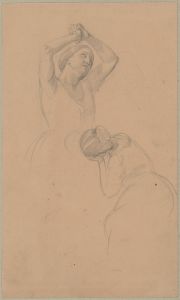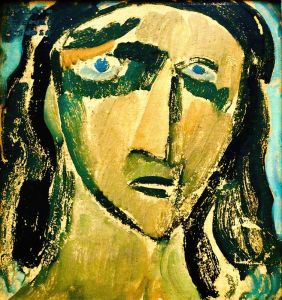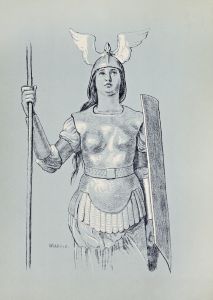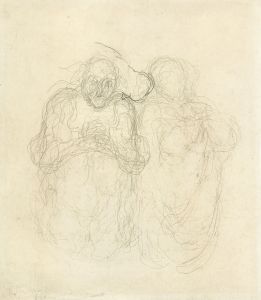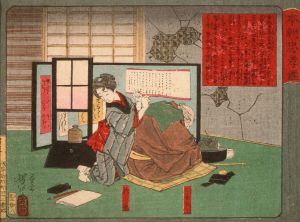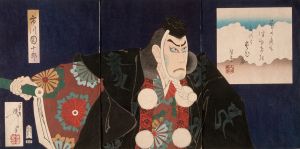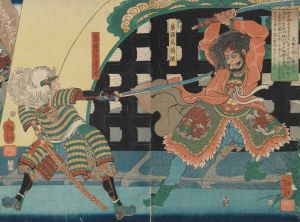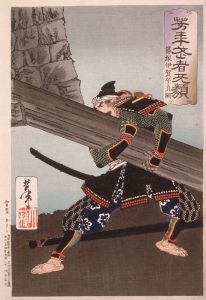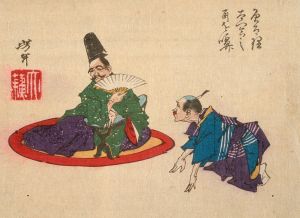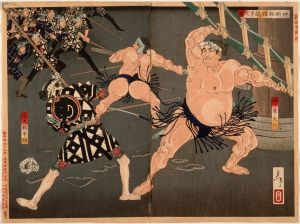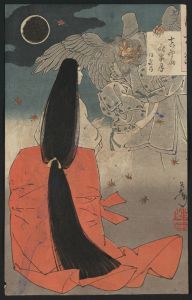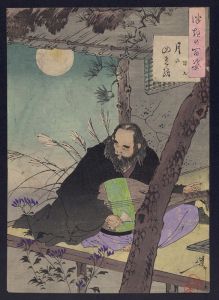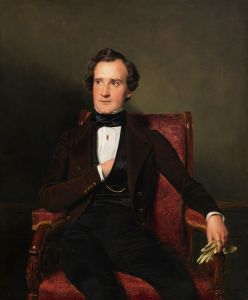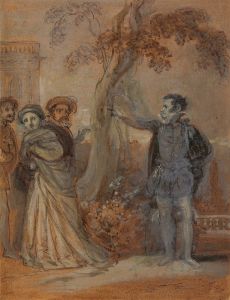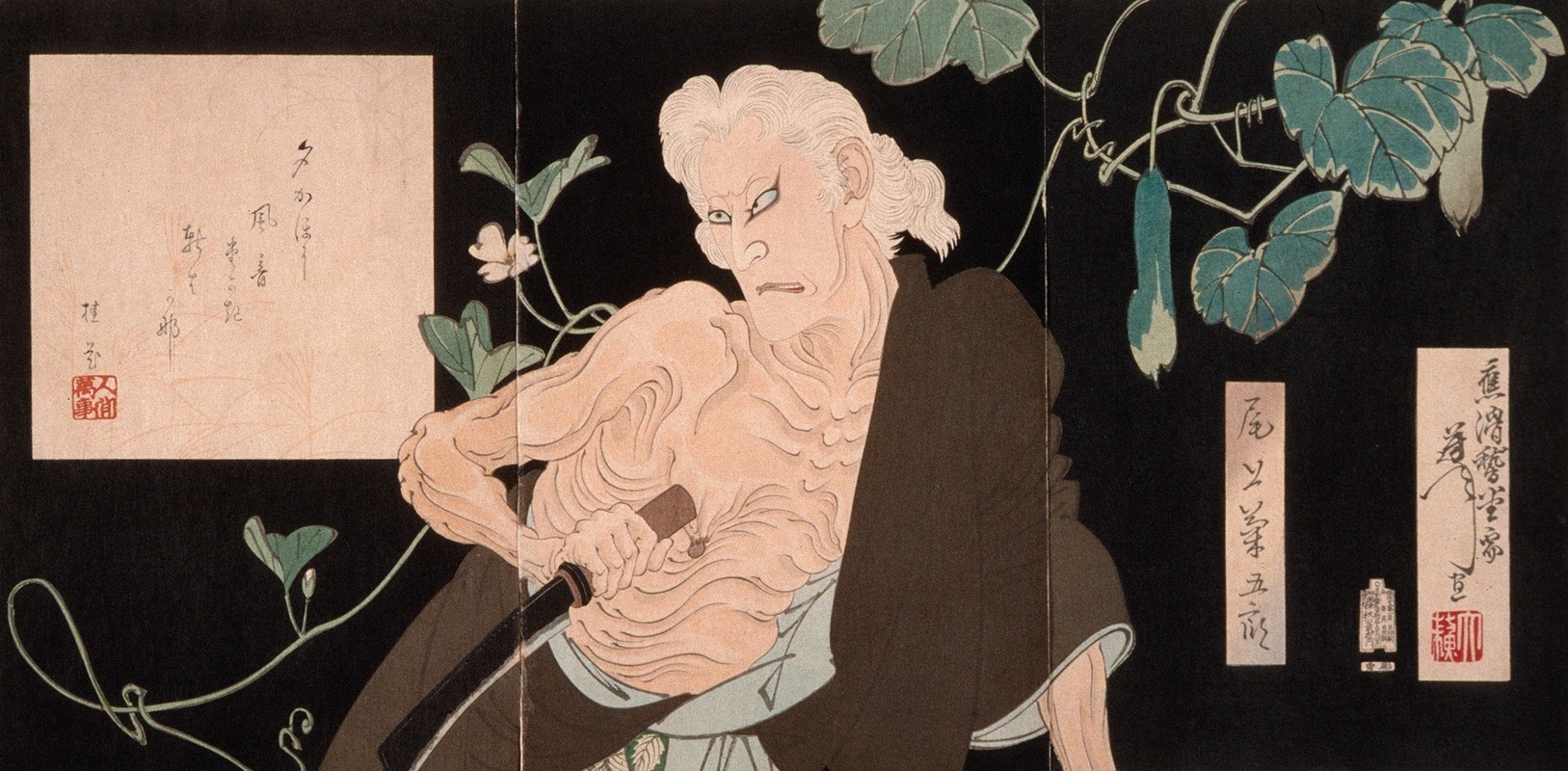
Onoe Kikugorō V in the Role of the Witch of Adachigahara
A hand-painted replica of Tsukioka Yoshitoshi’s masterpiece Onoe Kikugorō V in the Role of the Witch of Adachigahara, meticulously crafted by professional artists to capture the true essence of the original. Each piece is created with museum-quality canvas and rare mineral pigments, carefully painted by experienced artists with delicate brushstrokes and rich, layered colors to perfectly recreate the texture of the original artwork. Unlike machine-printed reproductions, this hand-painted version brings the painting to life, infused with the artist’s emotions and skill in every stroke. Whether for personal collection or home decoration, it instantly elevates the artistic atmosphere of any space.
Tsukioka Yoshitoshi (1839–1892) was a prominent Japanese ukiyo-e artist, renowned for his innovative and dramatic woodblock prints. One of his notable works, Onoe Kikugorō V in the Role of the Witch of Adachigahara, depicts the famous kabuki actor Onoe Kikugorō V (1844–1903) portraying the character of the Witch of Adachigahara, a figure from Japanese folklore and kabuki theater.
This artwork is part of Yoshitoshi's series One Hundred Aspects of the Moon (Tsuki hyakushi), which was published between 1885 and 1892. The series consists of 100 woodblock prints, each inspired by stories, legends, historical events, or classical literature, all connected to the moon. Yoshitoshi's work in this series is celebrated for its technical mastery, emotional depth, and ability to blend traditional Japanese aesthetics with modern influences.
The Witch of Adachigahara, also known as the Demon of Adachigahara, is a character rooted in Japanese folklore. She is often depicted as an old woman living in a remote hut who lures travelers to their doom. In kabuki theater, this character is portrayed with dramatic flair, emphasizing her dual nature as both a pitiable old woman and a fearsome demon. Onoe Kikugorō V was a highly acclaimed kabuki actor of the Meiji era, known for his versatility and skill in portraying both male and female roles, including supernatural characters like the Witch of Adachigahara.
In Yoshitoshi's print, the actor is shown in full costume, embodying the eerie and menacing presence of the witch. The composition highlights Yoshitoshi's ability to capture the theatricality of kabuki performances while also conveying the emotional intensity of the character. The use of bold lines, intricate patterns, and subtle color gradations reflects Yoshitoshi's mature style and his mastery of the woodblock printing technique.
This artwork not only showcases Yoshitoshi's artistic talent but also serves as a cultural document, preserving the legacy of kabuki theater and its performers during the Meiji period. It exemplifies the intersection of traditional Japanese art forms and the changing cultural landscape of the late 19th century.





